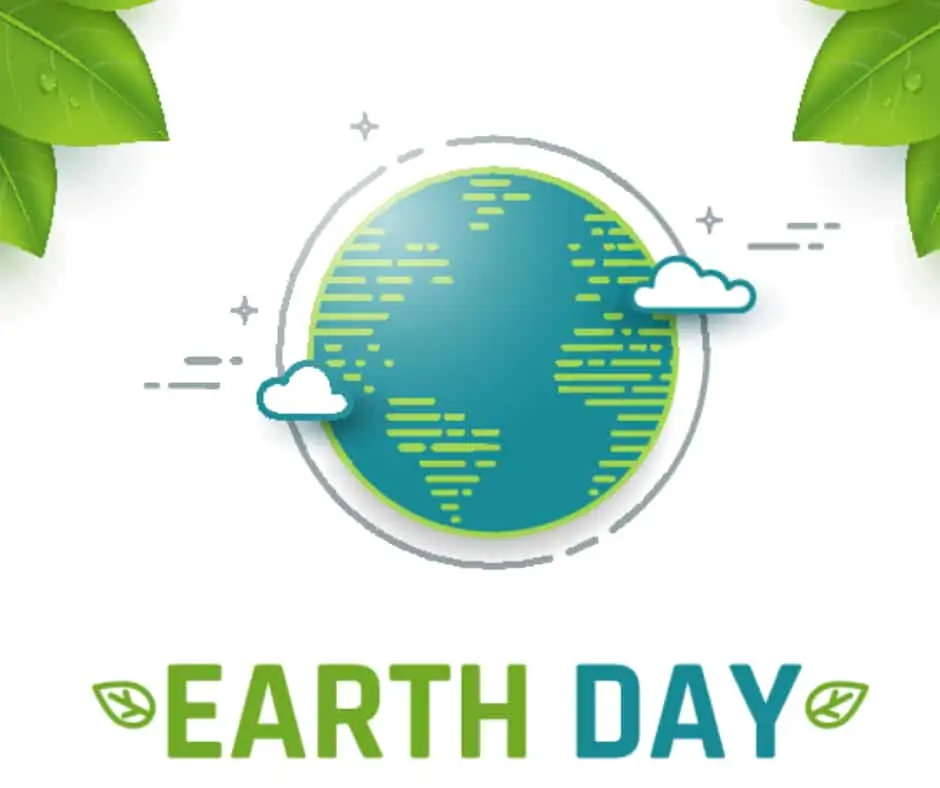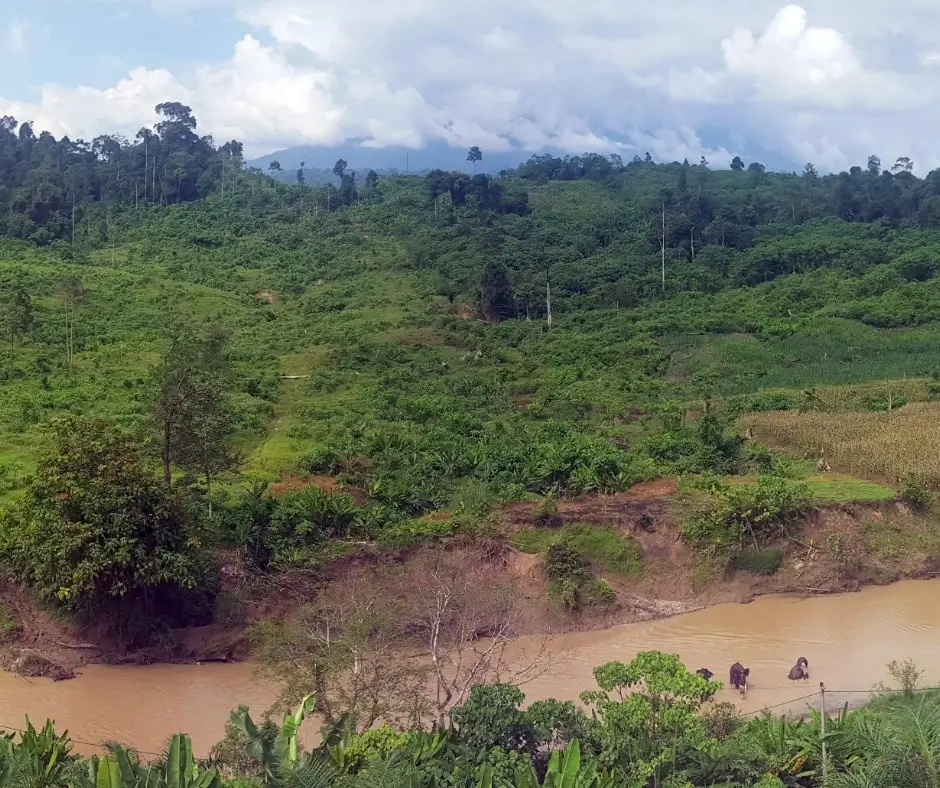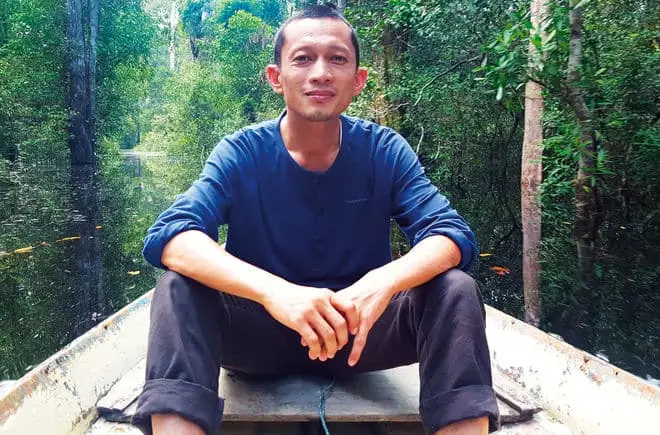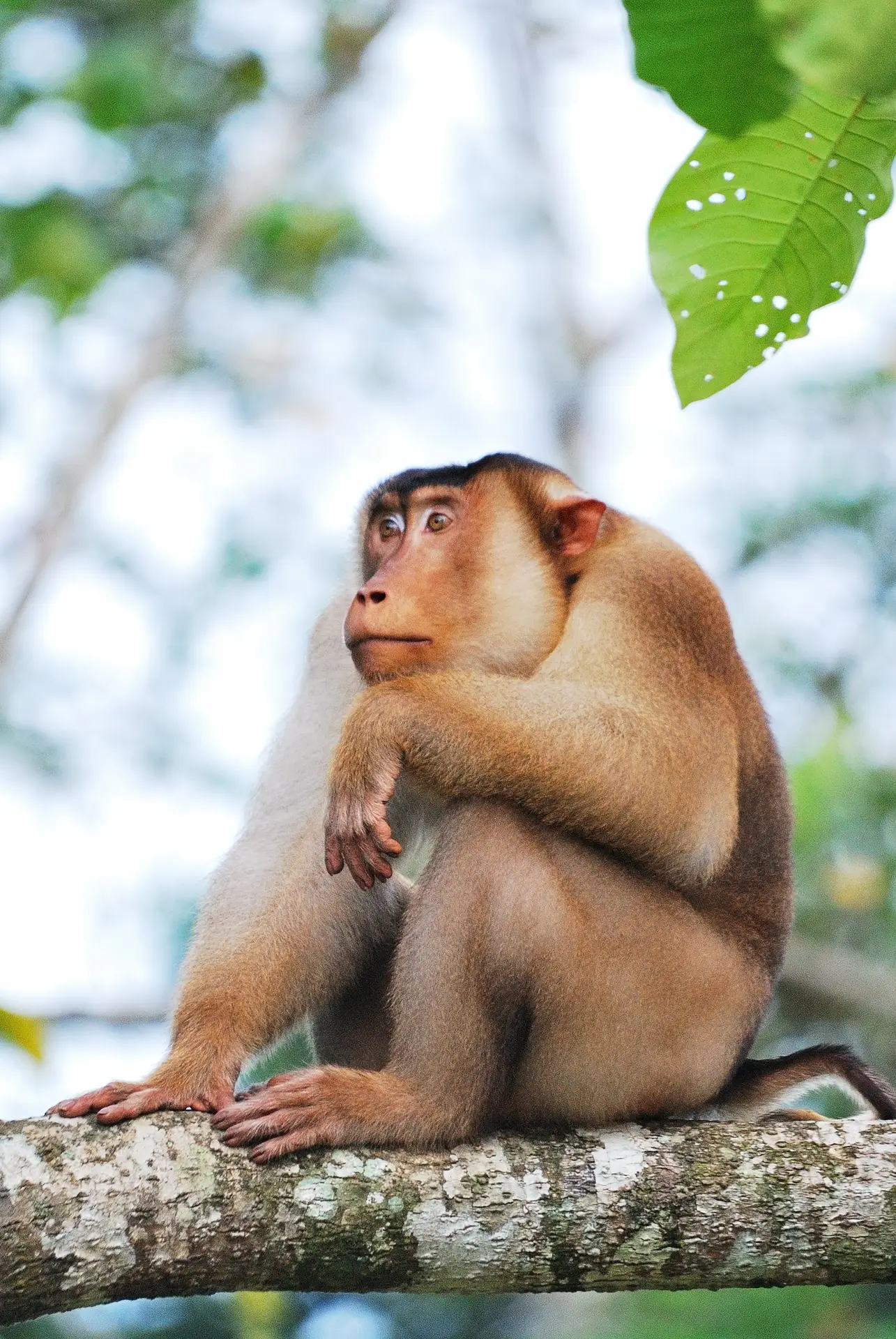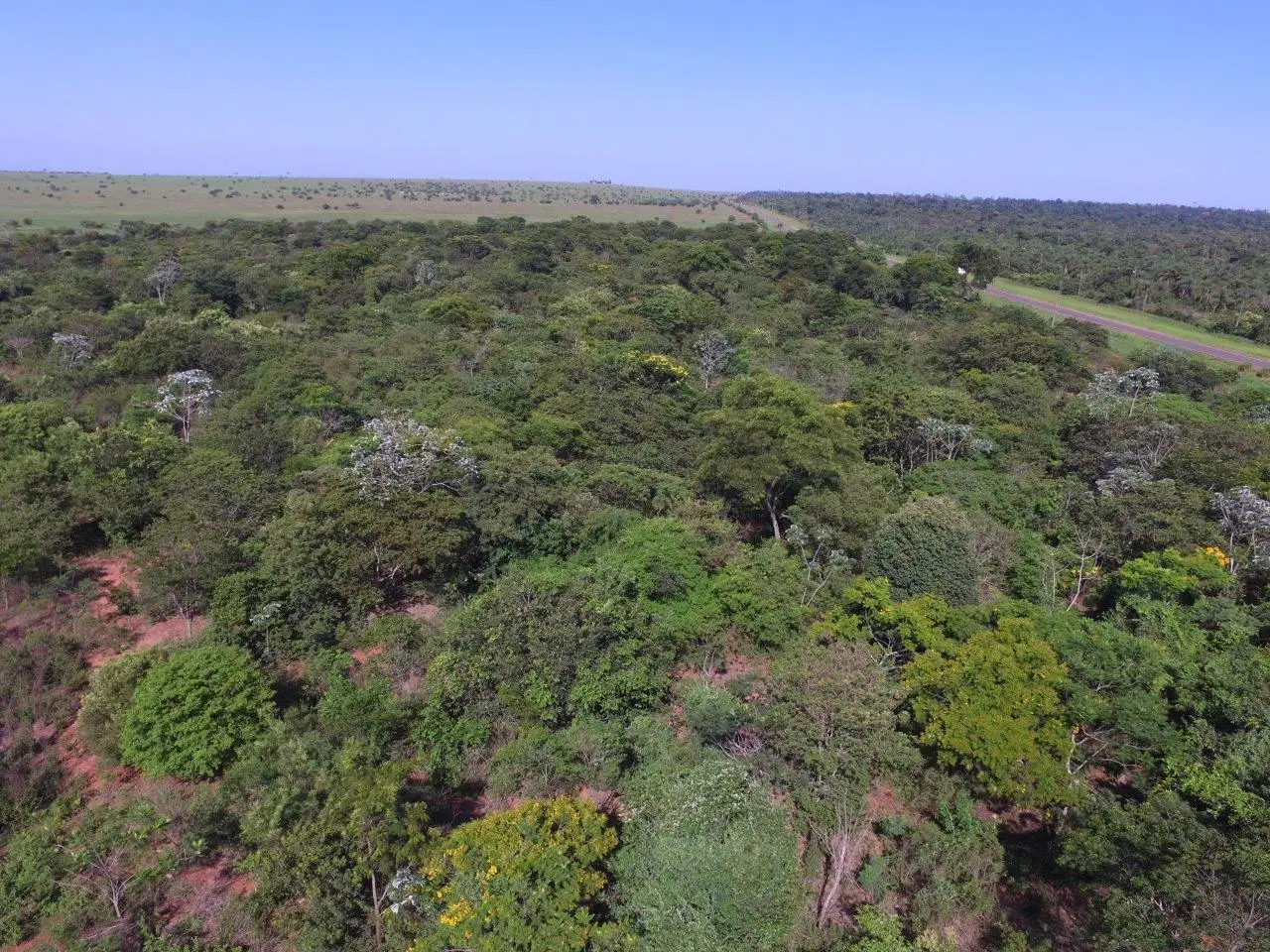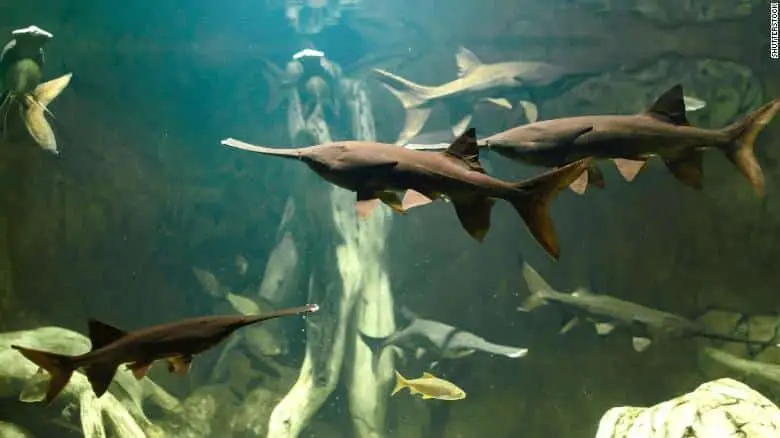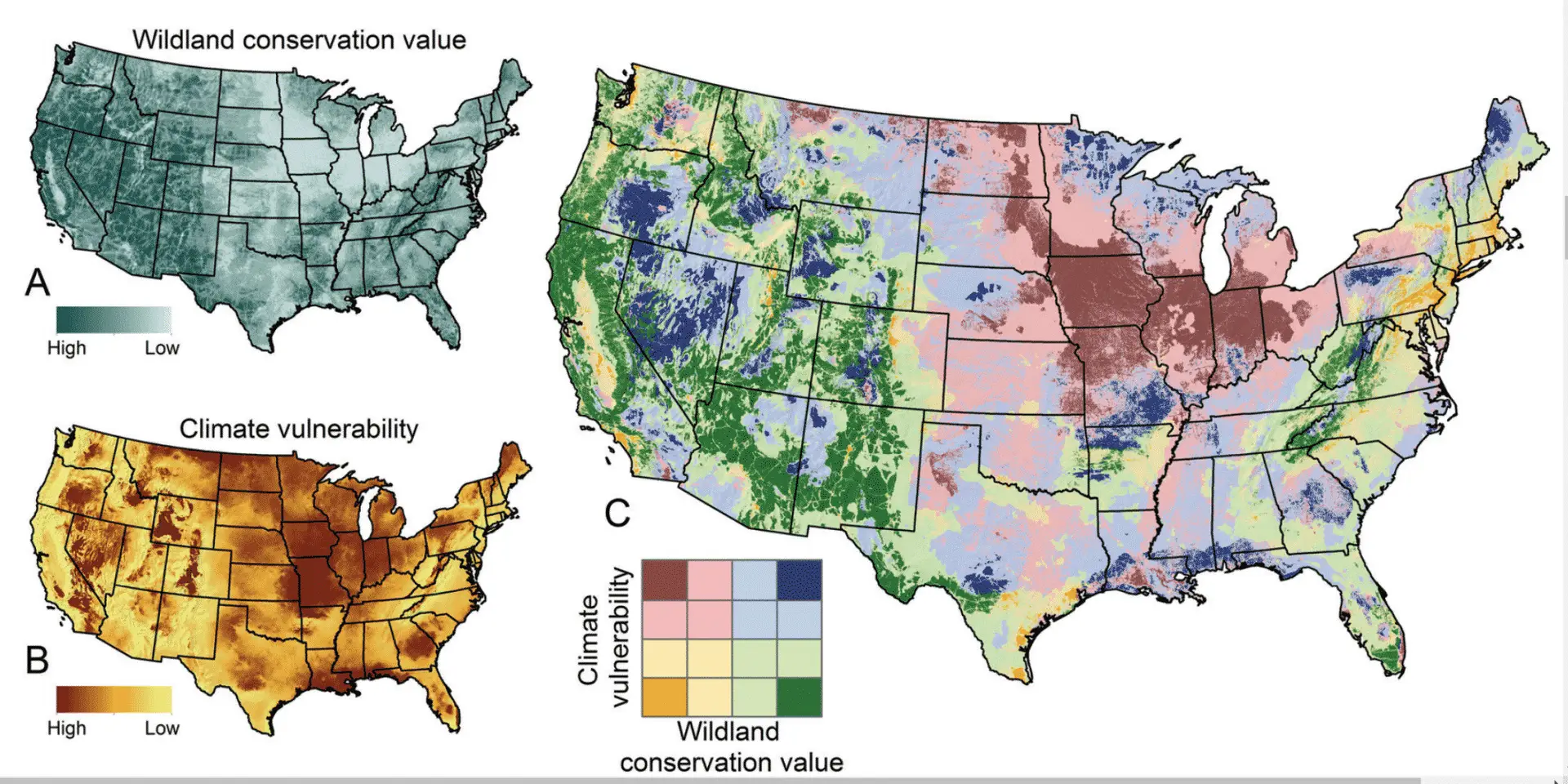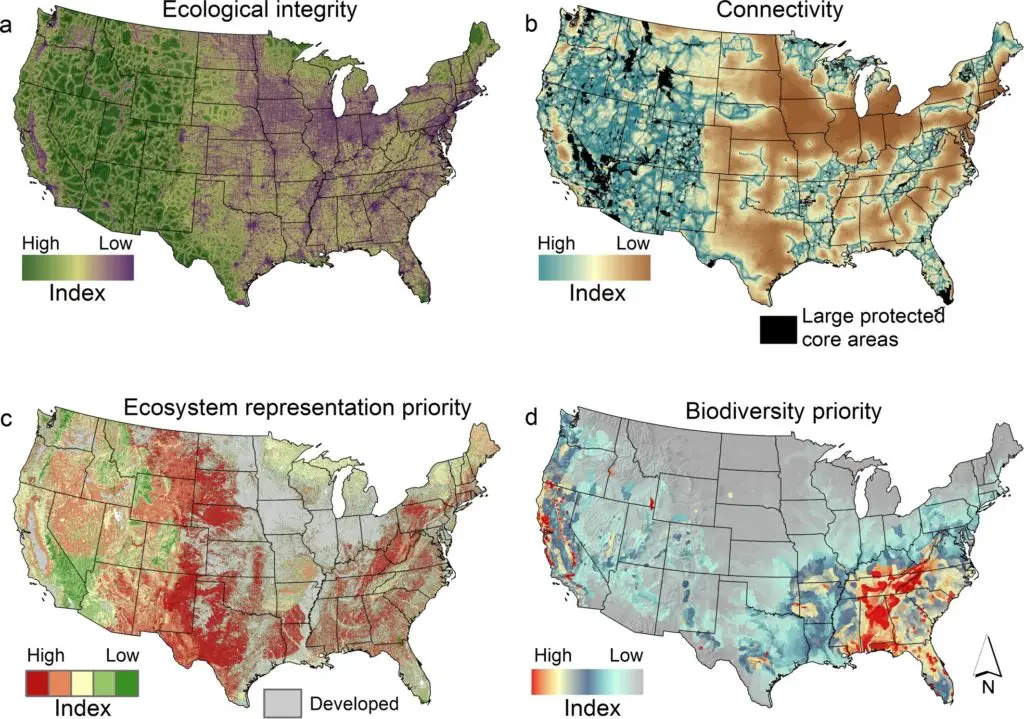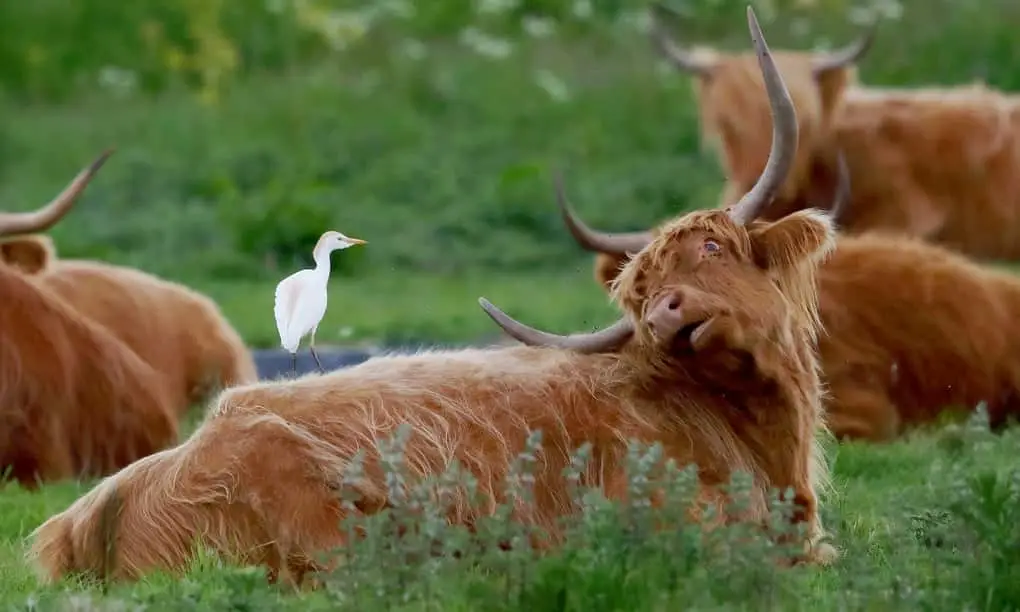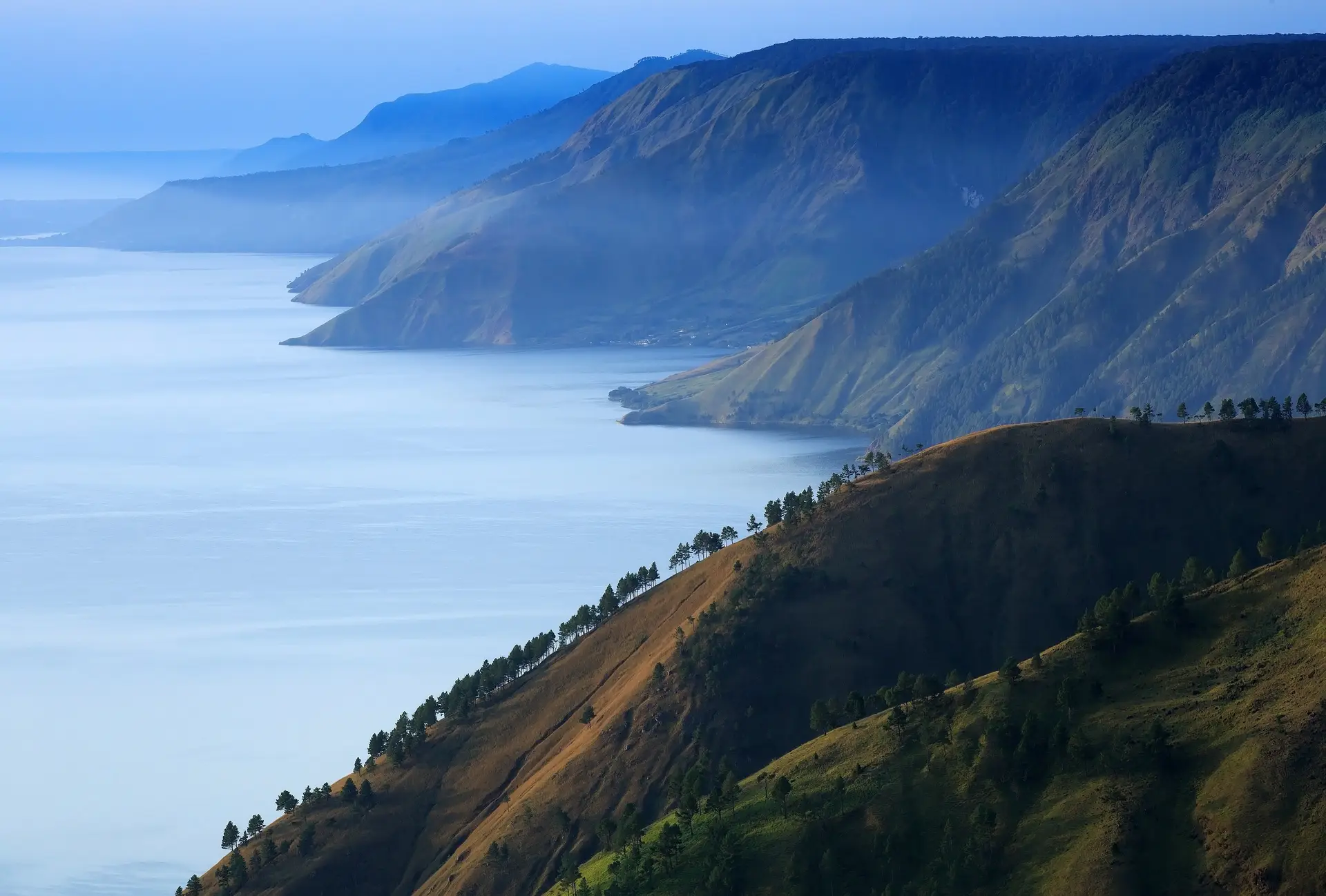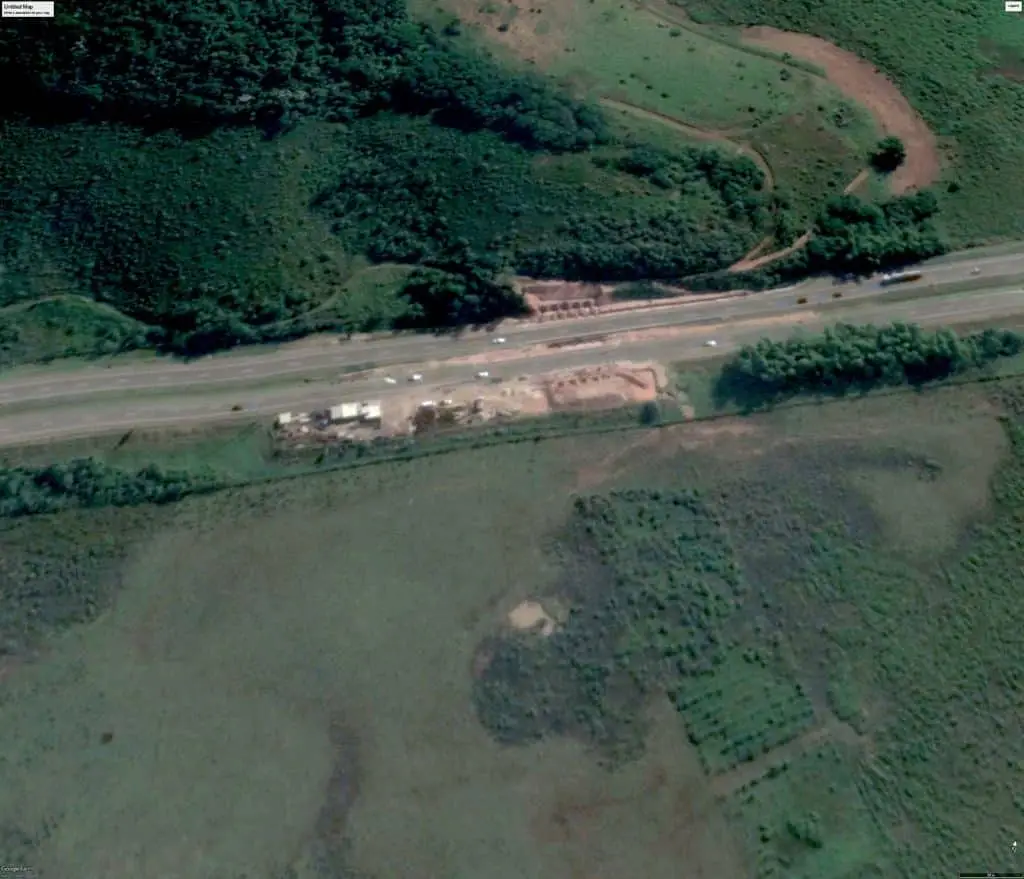New Orchid Discovered
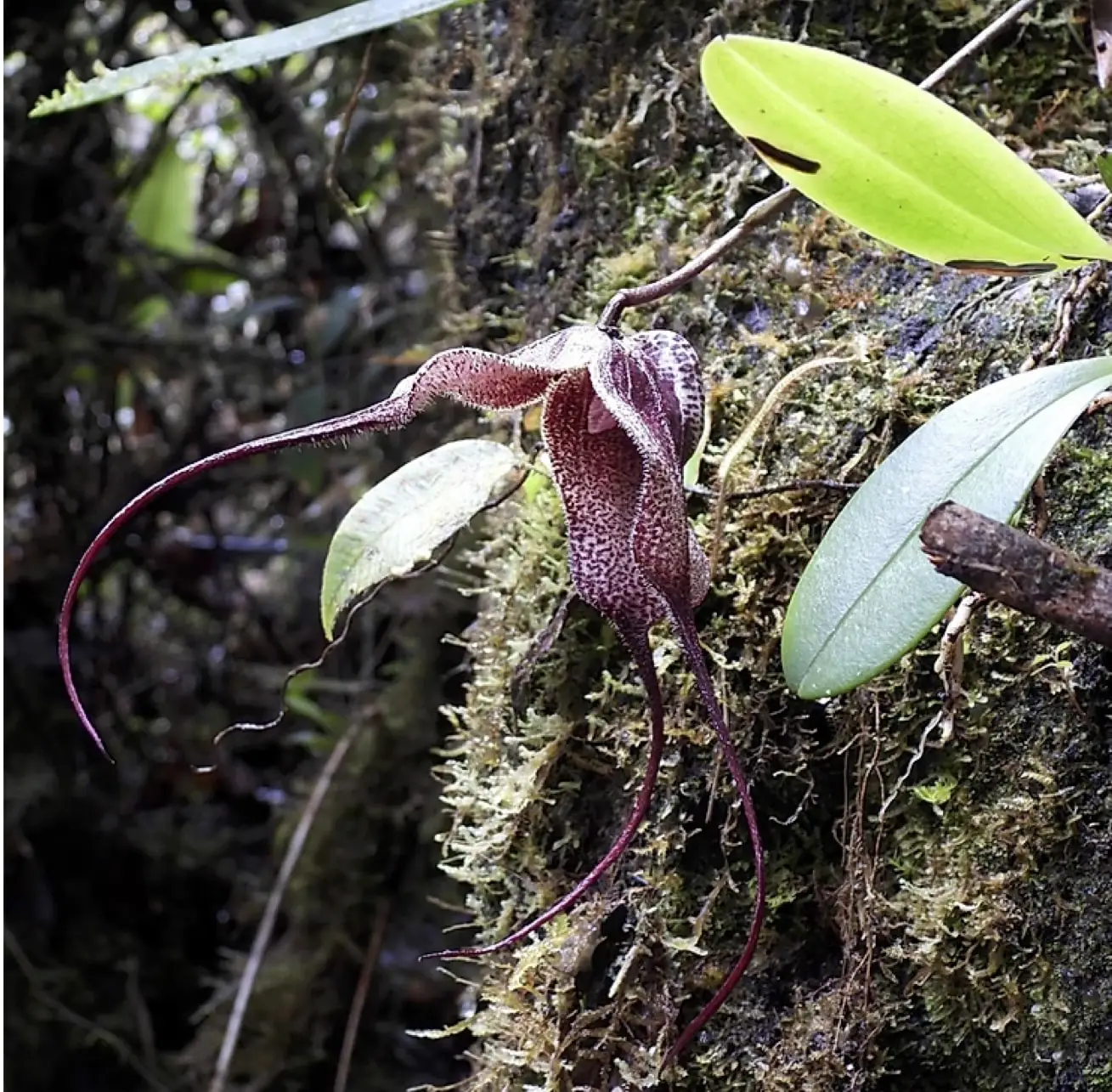
June 5, 2020: In remote places on earth, there ares still species unknown to science. Our project in the Western Andes of Colombia is one such place, where a new species of orchid has been discovered, described, and named.
New Orchid Discovered
Western Andes Cloud Forest
The cloud forests of Colombia’s Western Andes are a very special place for biodiversity, especially when it comes to orchids. The climate here is ideal for a wide variety of tropical plants, with mountain peaks enveloped by the mist that forms when warm air meets chillier mountain currents. Its remoteness also make it an ideal location to discover new species.
Dracula irmelinae
In fact, these forests are home to over 200 species of orchids in all forms and sizes, from miniature Andinia, Stelis and Lepanthes, to larger Masdevallia, Maxillaria and Dracula. And the rangers have only begun to explore, forging trails with names like “Transylvania” for the variety of Dracula orchids found here.
The Transylvania Trail rises to 9,700 feet (2,950m), winding through montane forests and stunted subparamo vegetation. Along the ascent, Dracula orchid species like D. gorgona, D. chimaera, D. iricolor, D. andrettae and D. gorgonella adorn the forest. It was on this very trail, that Ubiel Rendon, a Hummingbird Conservancy Ranger, noticed an unusual orchid and wondered about its classification. After conferring with two Dracula experts, Nicolas Pelaez and Gary Meyer, the team confirmed the discovery of an entirely new species.
As anyone who has read The Orchid Thief knows, it is amazing that any species of orchid has escaped discovery in a region of Colombia that has been scoured for Draculas since the Victorian orchid craze. Perhaps it was because this new orchid species is endemic to a small area in the Western Cordillera of Colombia that it had escaped the notice of obsessed orchid collectors. In total, it’s Area of Occupancy is no more than 500 km2 (193 square miles), a virtual needle in the haystack of the Andes Mountains.
Making It Official
The new Dracula orchid is now official, with publication of its description in in Volume 20, Number 2 issue of Lankesteriana International Journal of Orchidiology. Its name, Dracula irmelinae, honors Irmelin Indenbirken, Leonardo DiCaprio’s mother, in appreciation of his commitment to conservation efforts. Through his foundation, his generous support of Saving Nature’s projects has helped ensure the survival of orchids and countless other species struggling for safe haven in the Western Andes of Colombia and other biodiversity hotspots around the world.
Protecting Wild Orchids
Sadly, although newly discovered, Dracula irmelinae is already Endangered (EN) according to criteria established by the International Union for Conservation of Nature, due to habitat loss in the area. Saving Nature is working with The Hummingbird Conservancy to change that. Our project here is restoring this area for orchids and other species.

